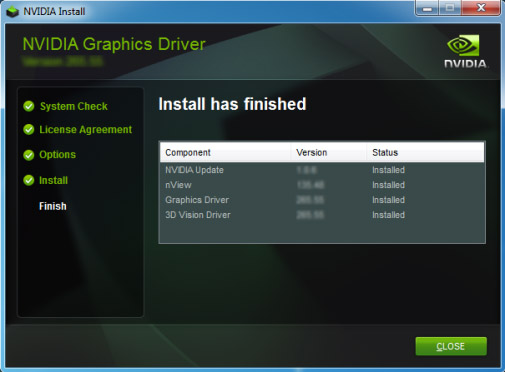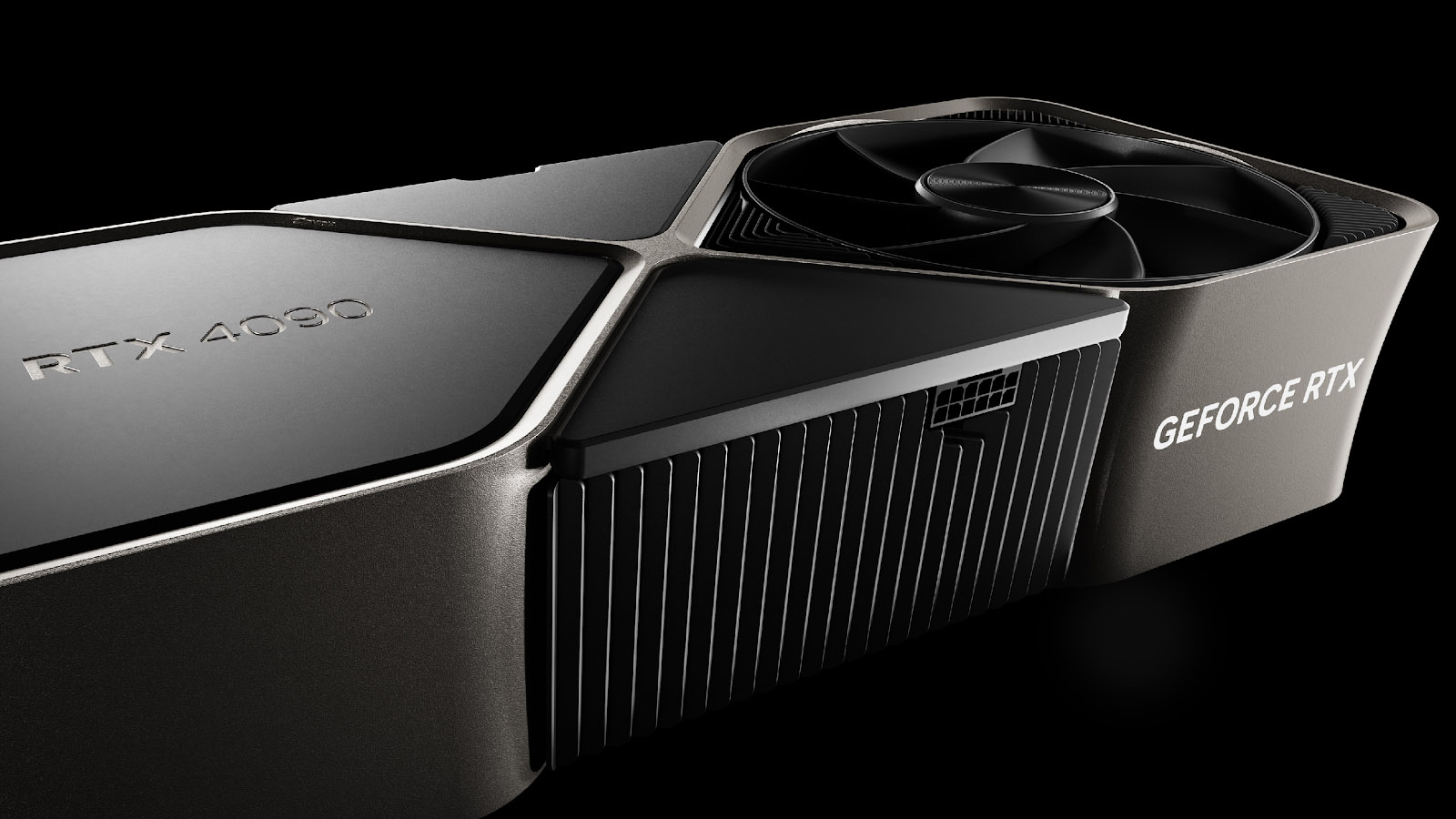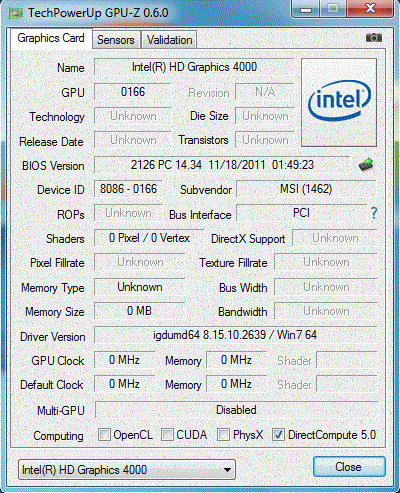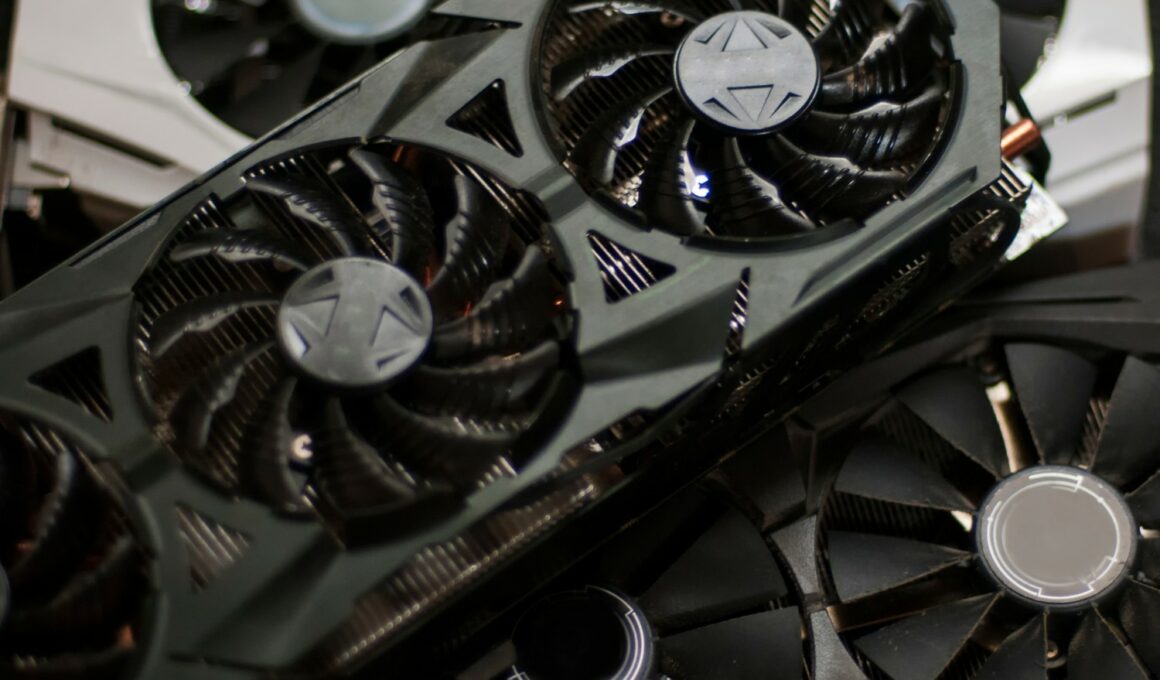On This Page Show
Using a GPU (graphics processing unit) instead of a CPU (central processing unit) can vastly improve the performance of specific processes, such as video rendering and image processing. If you have an appropriate GPU and want to use it instead of your CPU, there are a few steps you will need to follow to get it working.
The first thing to consider is the GPU’s compatibility with the PC, and if the GPU is properly installed on the motherboard. You will also require the necessary drivers for the GPU.
As soon as that is done, you will need to configure the software in the operating system to use the GPU instead of the CPU for the video rendering and image processing. This can be done by adjusting the settings and preferences of the software in question.
It is important to note that while almost all modern software supports the use of a GPU, there may be some that do not, or some that may only support certain types of GPUs. Using GPU may also require you to tackle certain other issues, like adding cooling solutions due to the GPU producing more heat.
In this article, we will provide a step-by-step guide on using a GPU instead of a CPU and discuss some of the benefits and considerations of doing so.

How to Use GPU on a PC Instead of CPU for Graphics
As discussed above, for using the GPU instead of the CPU for graphics requires your GPU to be properly installed and compatible with your computer. You will also be required to install any needed drivers and make sure that your software is configured to utilize the GPU instead of the CPU.
Here are the steps you can follow to use a GPU instead of a CPU:
- Check if your GPU is compatible with your PC and that it is properly installed.
- Install all the necessary drivers for the GPU.
- Open the settings or preferences of the software you want to use the GPU with.
- Find the option to select the GPU as the preferred graphics processor or to enable GPU acceleration.
- Save the settings and then close the software.
- Restart the software and see if it is using the GPU as expected.
With all of these steps followed carefully, you may be able to use GPU over the CPU for processing graphics. While the benefits of using GPU over CPU are far too many, using a GPU creates a few extra problems, like the need for more cooling, solving which is also essential.

What are the Benefits of Using a GPU?
Computers have gone through a remarkable amount of evolution, and so have the ways in which they process and handle tasks. The CPU (central processing unit) has forever been the primary processor in a computer, the GPU (graphics processing unit), on the other hand, has become increasingly important for certain types of tasks over time.
A GPU is specifically designed to handle graphics-intensive tasks much more efficiently than a CPU. But how and where exactly does the GPU outdo the CPU? That is exactly what we are set to discuss here.
One of the most prominent benefits of using a GPU is that it can greatly improve the performance of graphics-specific tasks like video rendering and gaming. GPUs are designed to handle large amounts of data simultaneously, making it much more suitable for tasks that require parallel processing.
In comparison, a CPU is more suitable for tasks that require more sequential processing. The GPU can also offload some of the CPU’s workload, causing it to be free enough to handle other tasks, which inevitably results in improved overall performance.
So, there are many benefits of using a GPU, including the ability of handling multiple tasks at once, better visual quality, and increased energy efficiency.
Using a GPU may even improve a system’s stability. Regardless, the requirement for you to use a GPU will depend on your specific needs and the types of tasks you will be performing. Still, a GPU can provide a significant performance boost for the tasks of its own type.

Are Integrated CPU Graphics Worth Using?
There was a time when integrated graphics were even seen as good budget-friendly alternatives for graphics cards, but with the current technological advancements considered, the question arises: are integrated CPU graphics still worth using? Which is why we will explore the pros and cons of integrated graphics to help you decide if they are the right choice for you.
Advantages
Integrated graphics are graphics processing units (GPUs) built into a computer’s CPU. They are designed for handling basic graphics and video tasks, such as displaying web pages and playing video.
One of the main advantages of integrated graphics is that they do not require a separate graphics card, which can be the right choice for a minimalistic budget PC. They also produce less heat, and are more energy efficient.
Disadvantages
Integrated graphics are mostly quite powerless compared to dedicated graphics cards and are not suitable for more demanding tasks, such as gaming and video editing.
They may also struggle to stand the test of time and underperform with newer software. They are also not upgradeable. So, unless you change the CPU itself, your only hope for upgrading the graphics would be to get a dedicated GPU.
Overall, the usability or the lack thereof of integrated graphics depends on your specific needs and budget. A dedicated GPU is, however, a much better option.
Conclusion
Using the GPU instead of the CPU for processing graphics is a relatively simple process.
It only requires you to install the GPU on the PC properly, install the specific drivers for it, and then enable the GPU for graphics processing through the software or the operating system.
While there are still some merits to using the integrated graphics, using a dedicated graphics processing unit is far more beneficial.










